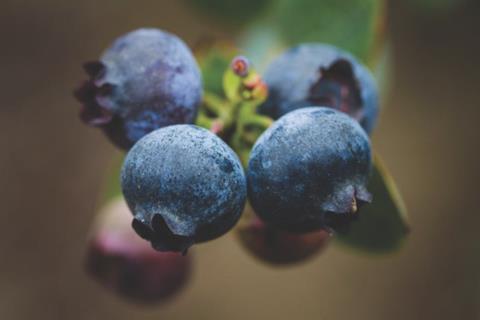Blueberries hit hardest by the weather, while grapes and avocados fared better says Fresh Fruit Peru
Peruvian agri-exports failed to live up to expectations in 2023 due to the weather. An in-depth analysis by Fresh Fruit Peru shows that despite a favourable outlook at the start of the year, a combination of heavy rainfall at the beginning of the year and the high temperatures generated by El Niño phenomenon caused extensive crop losses, damaged flowering and accelerating pest development cycles.

“The most affected by this situation were the producing regions of the northern and central coast,” the consultancy said.
Widespread demonstrations also disrupted production and exports in the first quarter of the year, particularly for grapes and mangoes.
“After a quite positive 2022, expectations for agri-exports in 2023 were quite high. The international logistics crisis and the limitations generated by the pandemic were in the past…and the goal was to reach US$11bn in shipments,” Fresh Fruit Peru reported.
“Compared to initial expectations, 2023 has been a bad year. Nothing went as expected and the main destabilizing factor was not the marches and protests – which for the first time in three years did not occur in December – nor the logistical problems or the lower willingness to spend among North American, European or Asian consumers; The problem of 2023 was the weather.”
By the middle of the year, the goal was no longer to grow exports but to avoid a resounding drop in shipment volume. Fortunately, the consultancy said the dynamics of the international market – notably supply shortages caused by climate issues in other parts of the world – have allowed prices to improve and have been able to partially offset the effects of this crisis.
In the first nine months of 2023, agri-exports were down 5.6 per cent on the year-earlier period at US$7.431bn.
However, some products fared better than others. Avocado exports grew strongly during the first months of the campaign. But they were not able to maintain this rhythm due to extensive rain damage in groves and will probably finish the year on a similar volume to 2022. Moreover, next year’s crop will likely feel the climatic effects of this year.
Avocado shipments to October totalled US$1.024bn, an increase of 3 per cent on the year-earlier period. It is expected that this will be maintained to the end of the year.
Blueberries, by contrast, were one of the worst-affected crops. The high temperatures seriously affected the flowering from the beginning of the season in April, and shipments to October were down 30 per cent in volume on the previous year. However, higher prices have gone some way in compensating for the fall and it is estimated that exports will close the year down 20 per cent in value on 2022.
Grapes are one of the few products that has not seen a sharp decline in exports during 2023. The peaks usually appear at the end and beginning of the year. Therefore, shipments in the first months respond to the previous campaign, so they were not decimated by the high temperatures throughout the year.
And the new campaign, which began in August, has started strongly, with shipments to October up 32 per cent on the previous year at US$961m.
Fresh Fruit Peru predicted that grape exports will end the year with a growth of almost 30 per cent, but warned that the earlier season would mean a sharp decline in shipments in early 2024.
“With 2023 almost over, shipments are getting closer to reaching US$10bn. Whether this figure is reached will depend a lot on how advanced the grape campaign is and the prices being obtained in the international market,” the consultancy said.
“The current estimate is to close at US$9.7bn. A very similar amount to the previous year. So was it a bad year? In perspective, one could say yes, due to the initial expectation, but given the problems faced, the sector came out well. Now we have to wait for what 2024 has in store for us.”



